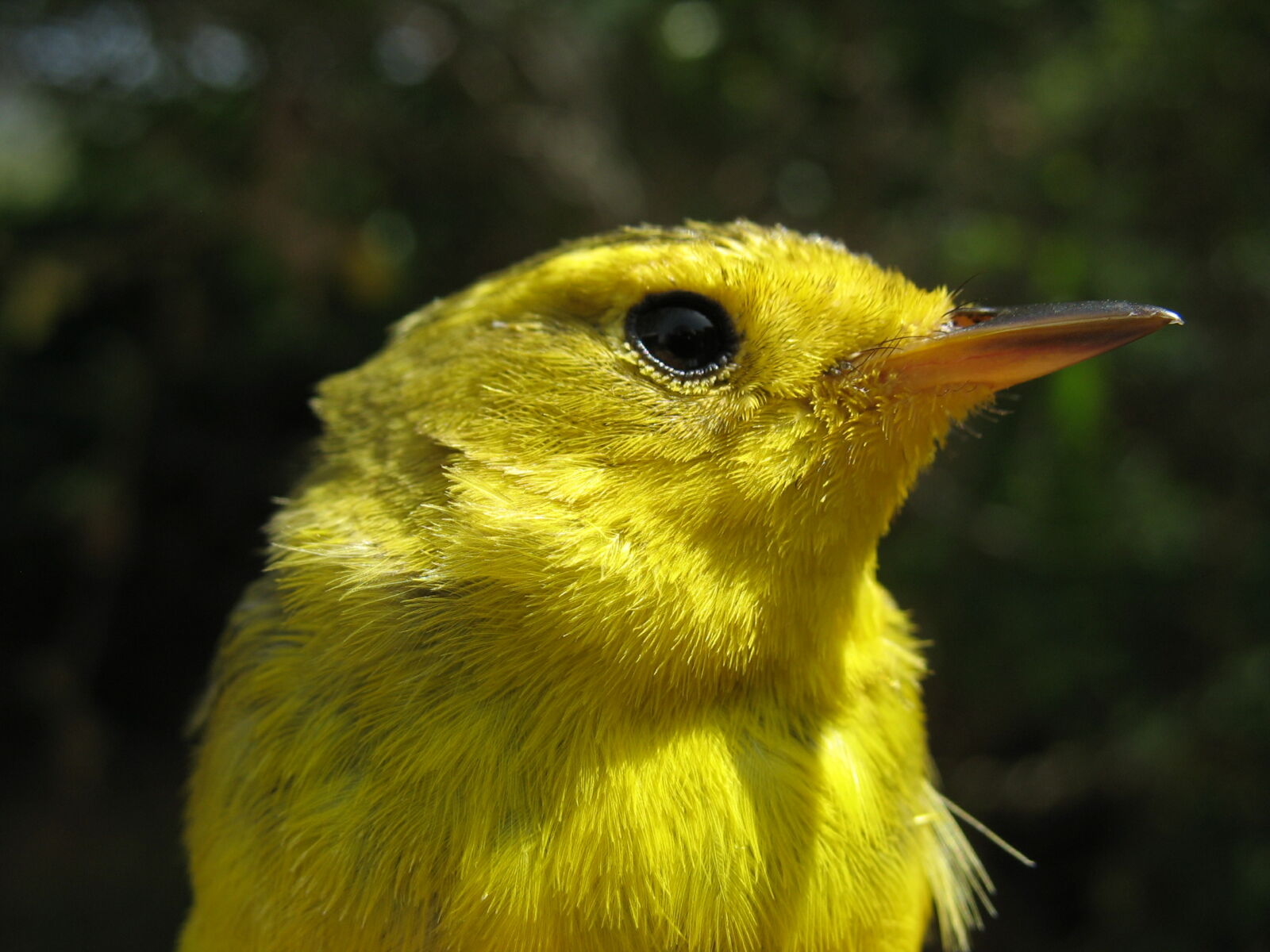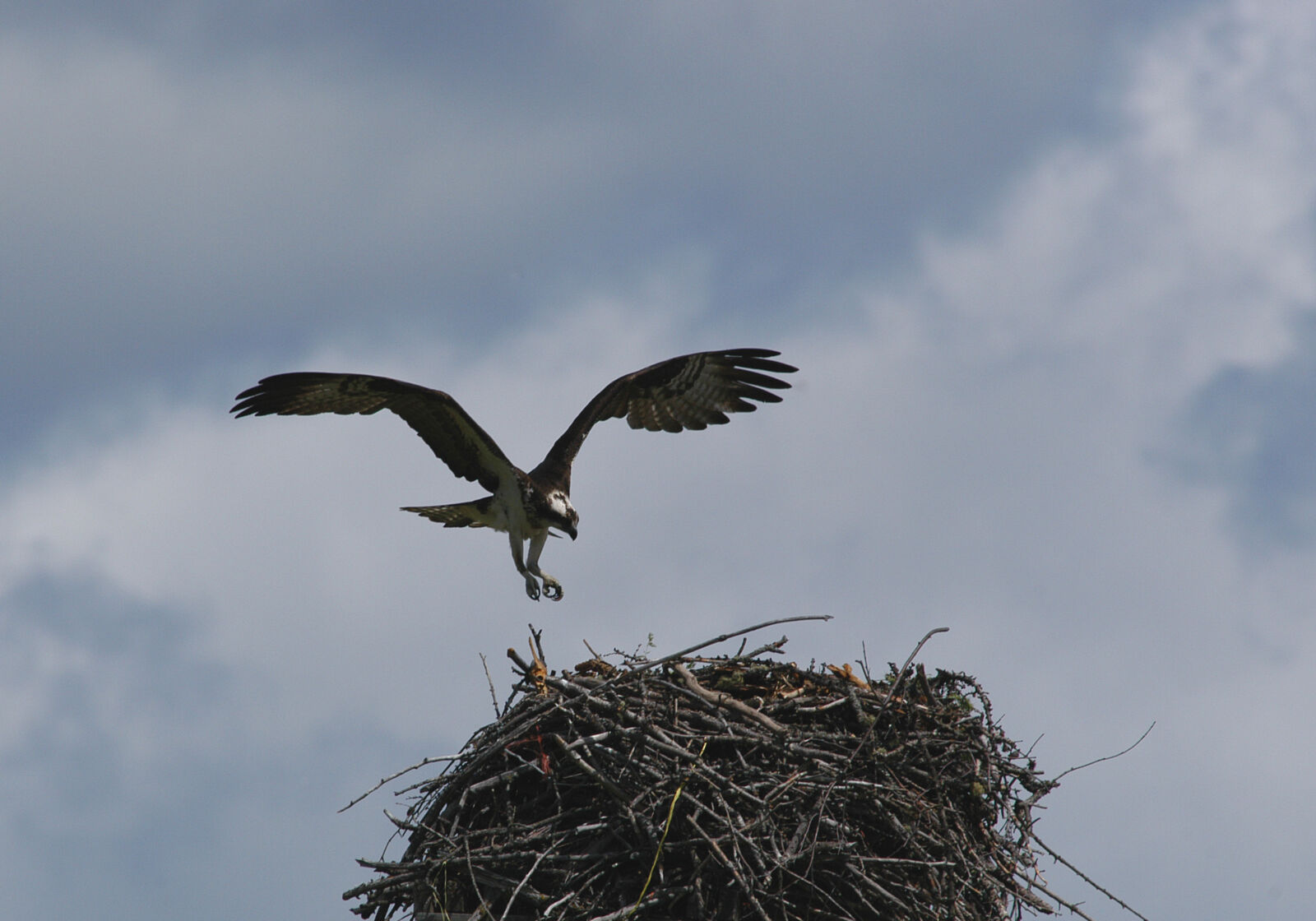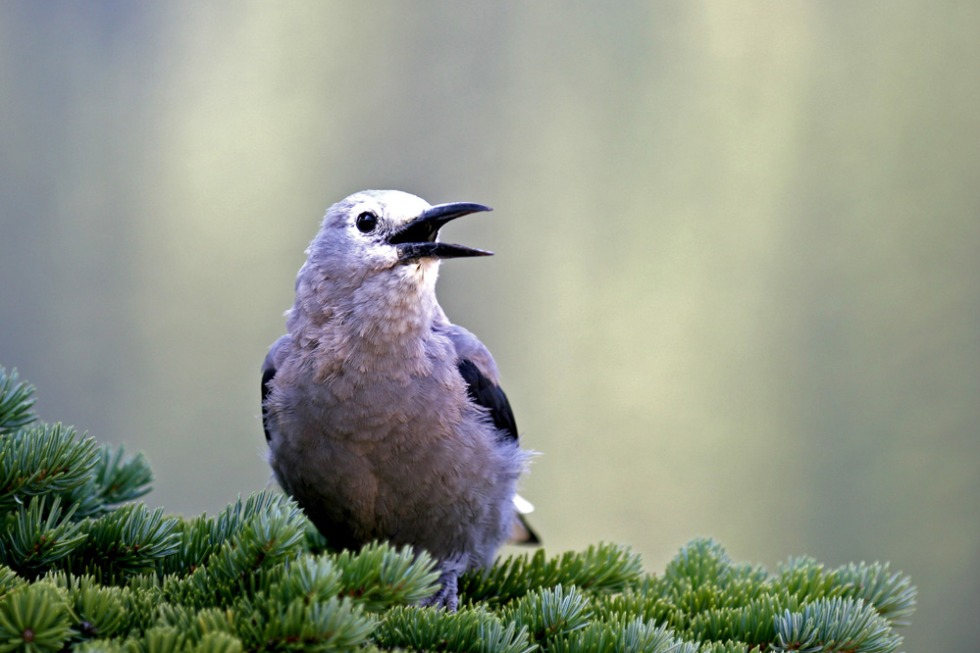Birds are less elusive than many other kinds of wildlife and provide valuable lessons in ecology – the interaction between animals and their environment. You can watch a robin pulling a wriggling red worm from the ground right in your backyard or set up near a river and watch for an osprey to make a catch! Kids enjoy watching birds at any age. See below for some activities that will get your kids excited about birds and encourage them to explore the natural world around them.
What You'll Need
- Binoculars
- Field guide, field journal, and colored pencils
- Suitable clothing for traipsing through the woods including rain gear and rubber boots
- Extra food and water
There are binoculars made especially for kids, but any good pair will do. If you have a choice, a pair of hiking binoculars can be particularly nice as they pack down well and are light enough to be worn around the neck.
A good field guide is invaluable and readily available. You can find one at your library or check with your local Audubon chapter. See Bird Watching Tips (below) on how to avoid misidentifying your bird. You can also check out bird apps available. They can be a good way of getting older, gadget-oriented kids into the field.

The importance of a field journal cannot be overestimated! A journal gives your child a place to sketch or draw their specimen, include names of those birds you’ve observed, and other important information like weather, habitat, and the date and time of observation.
Remember to bring extra food, water and clothes. A hungry child or a sudden rain storm can make for a short trip or make your kids wish they were back home watching T.V.
Packed and ready, where to go?
Check out your local National Forest! You can find birds in a variety of habitats (including your own backyard), but you will have the best luck at dusk or dawn in healthy, intact forest or prairie ecosystems, near bodies of water, and at “habitat boundaries,” the edge between two habitat types such as a field and forest. Encounter new birds by visiting different habitat types. Remember to give birds plenty of space, especially around nesting and feeding sites. Some birds, like swans and geese, may become aggressive if you approach too closely.

In the Field
Field Journal
Make your own bird book. Sketch the birds you see, including some simple observational facts on the habitat and location of where the bird was seen. Use your field guide or a photo taken of the bird to color your drawings.
Mimicking Bird Songs
Listen to the sounds the birds in your backyard make and try to mimic them. This is a great exercise for learning to identify birds without even seeing them.
Bringing the Birds to You
Building a birdhouse with your kids is a fun activity. You can also hang a bird feeder to attract birds. Sunflower seeds will attract most birds, but you can do some research about the particular kinds of birds you want to attract and what will be most appealing to them.
Bird Watching Tips
Study Silhouettes
When a bird is flying, it can be especially difficult to identify. Instead of focusing on color, pay attention to the shape of its body, beak, tail, wings and legs. Ask yourself the following questions:
- Is the body short or long? Narrow or round?
- Is its beak short or long? Thin or wide? Is it shaped like a hook?
- Is the bird’s tail rounded, square, pointed or forked?
- Are the wings rounded or pointed?
- Are its legs short or long?
Determine Category
Birds generally belong to one of eight categories. Use your field guide and observations to help categorize your bird.
- Ducks and duck-like birds
- Gulls and terns
- Long-legged waders
- Shorebirds and small waders
- Fowl-like birds
- Birds of prey
- Flycatchers
- Warblers

For more good ideas visit Go Explore Nature and TLC.
Other Resources: Big Learning, Bird Freak, Audubon, and Cornell.

